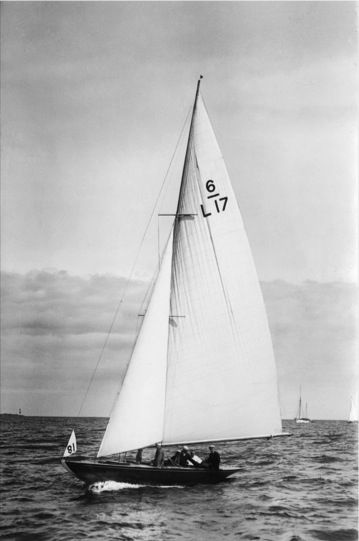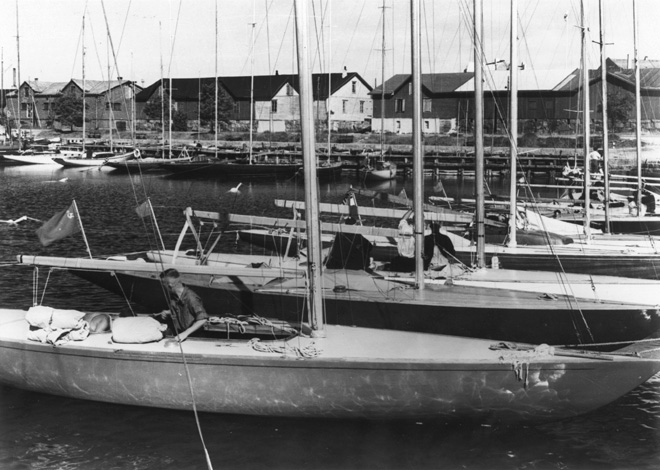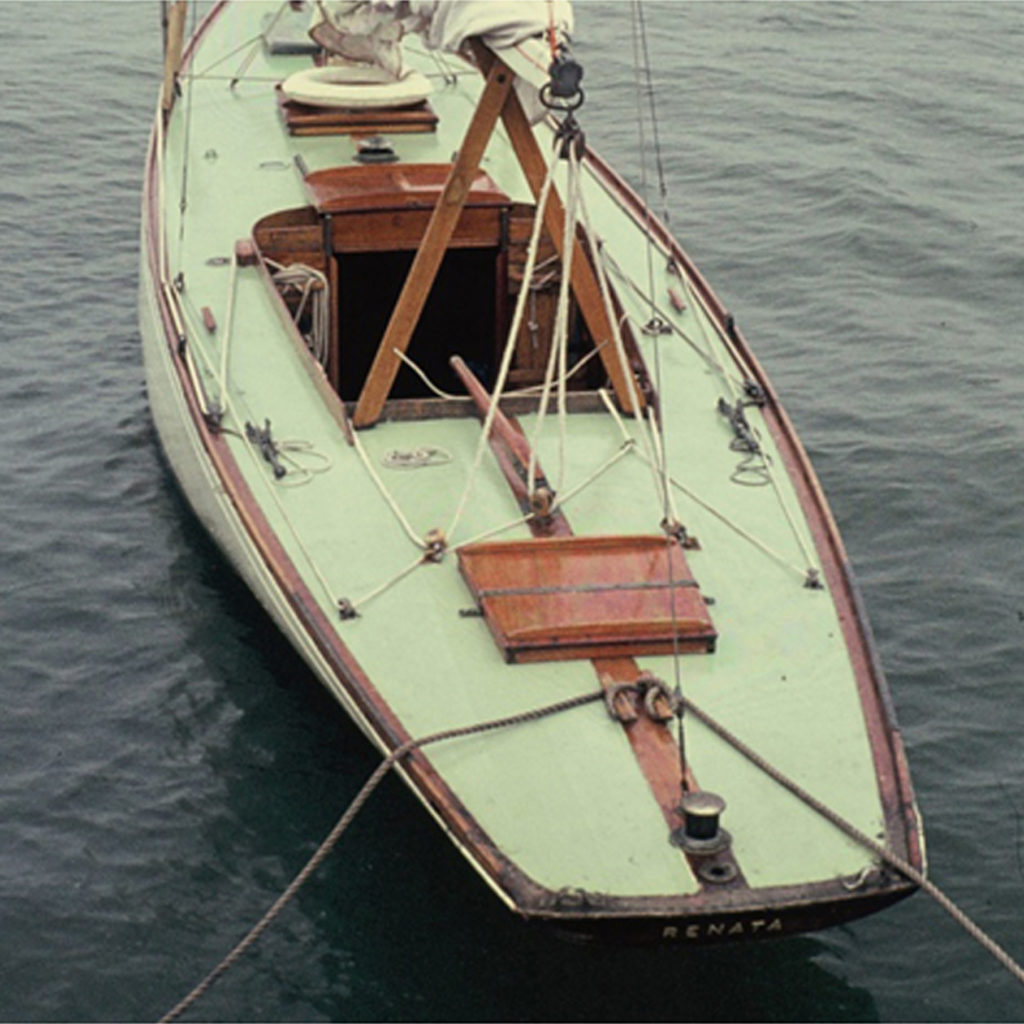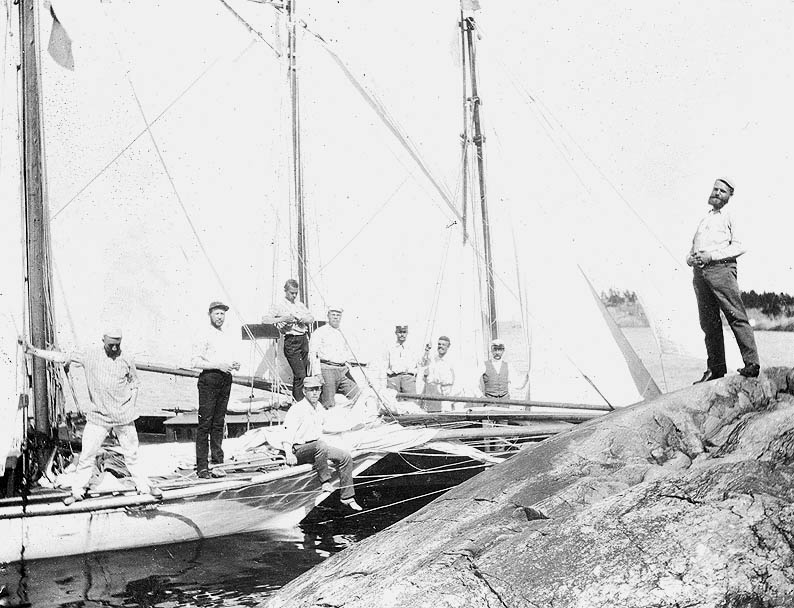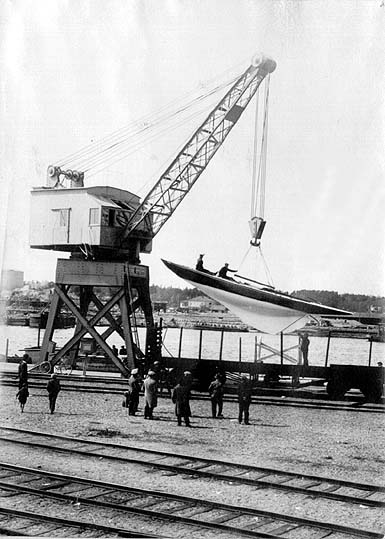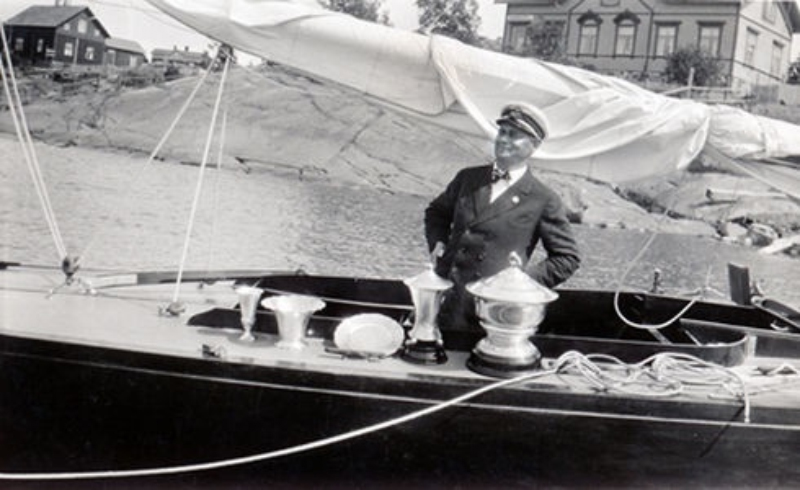
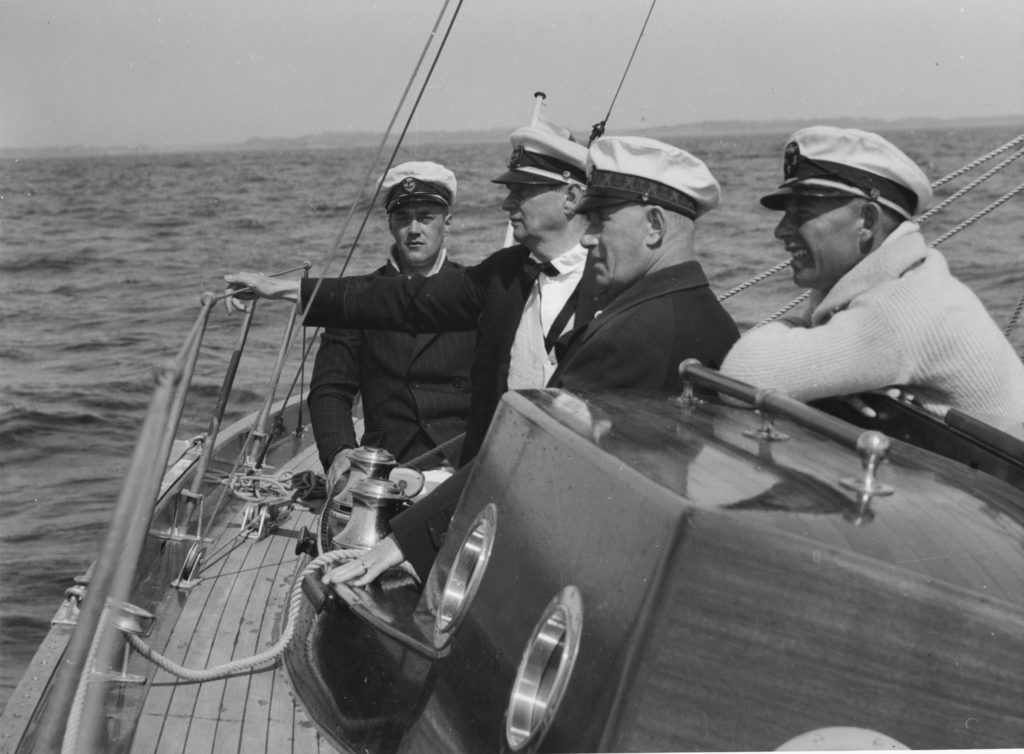
Henrik Ramsay (1886? 1951) was a major economic figure and statesman but above all a passionate sailor.
Ramsay writes in “The Sailor’s Memoirs”: The most entrenched sailors come from those who start with unworthy boats and homemade sails. If I see a miraculous aqueduct in Kruunuvuorenselä or Särkänsalmi dipping out a sack or fabrics curled up at home on a mast, then my mind will rejoice and I am confident that the old gods are still alive. - If you have had to work and work to get a rigging and a sail and a boat, then the result is much more wonderful and complete than if the ship had been rigged and equipped from the sculpture.
Ramsay ordered his first six of his own, Svalan, in 1924. Its designer Gunnar Stenbäck is also remembered as the creator of the Hai boat. Sixth grade, a time of strong growth. New ideas were tried. Already 2 years later, Ramsay ordered a new boat. This time from Axel Gustaf Estlander.
Ramsay's legendary Estlander six-piece Renata was started in the fall of 1926. Builder Arthur Magnus Pettersson was known for his respect for the main lines of the drawing, but for example in the curvature of the deck, the designers trusted his know-how.
After the summer of 1927, Ramsay remained pensive. When he gave up, Renata didn’t live up to expectations, and Estlander was already ready to switch it to another six, but Ramsay refused. I remained convinced that additional experience and the right finish would help my sixth to show off their full potential, and during the dark hours of the fall, I tried to break down the summer experiences as well as Renata’s whimsical qualities. One morning I woke up with a problem resolved. 'The mast needs to be moved backwards,' said my inner voice, and we moved the mast and its rigging a full foot [30 cm] backwards. They were sharp extracts. Estlander more than doubted and advised to give up the business, but I believed the answer that thought and instinct had given me.
The following summer brought Renata several awards, the brightest of which was the trophy of the “most victorious six” at the Sandhamn Regatta in 1928. The competition was attended by 30 six, including the best individuals of all time, all the way to America.
This is how Ramsay pondered the future of racing on the last page of his memoirs: New times bring new types. Advances in aerodynamics may force white, bulging sails to disappear, and wind power is gathered by completely different wings. The hulls of the boat are pre-compressed in molds, and the sailor no longer feels the hulls live as the waves press against the bending edges. Excited in the dark and fog, the helmsman does not look for the ground to be seen, as the radar plate shows the exact location at all times. The certainty provided by the instruments takes over, and much of the countless that just offers the sail its charm disappears. The marvelous mystique of sailing disappears.
Now over 90, Renata is on the verge of a new life, as the association Renata, which was founded to save it, is raising funds to restore the boat at a shipyard in Ekenäs under the direction of Peter Granström, a sculptor from Hanko.
Text: Sampsa Laurinen. Photos: Hanko museum.
Sources: Henrik Ramsay: Sailor's Memoirs, Finnish Martti Jukola and JW Rangell, WSOY 1947. Alftan, Liewendahl, Barck: Sexornas Jakt, Finland 6 mR -förbund df 1992. Erkki Maasalo: Sir Henrik gets a job, Fenix-Costs Oy, 2004

This story has been produced with the support of the Svenska Kulturfonden.

